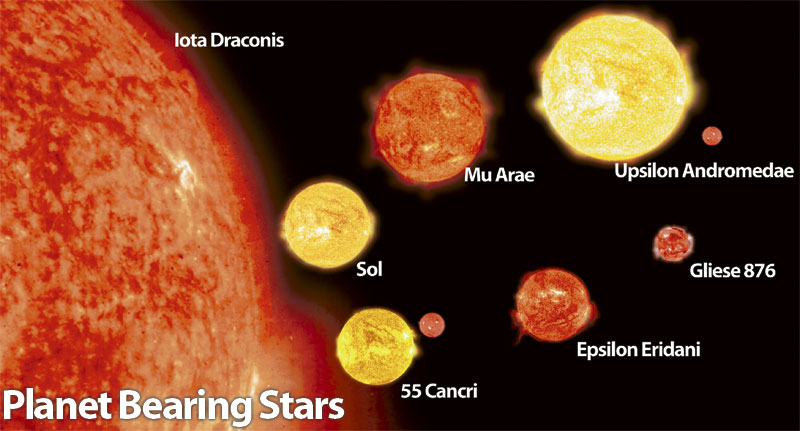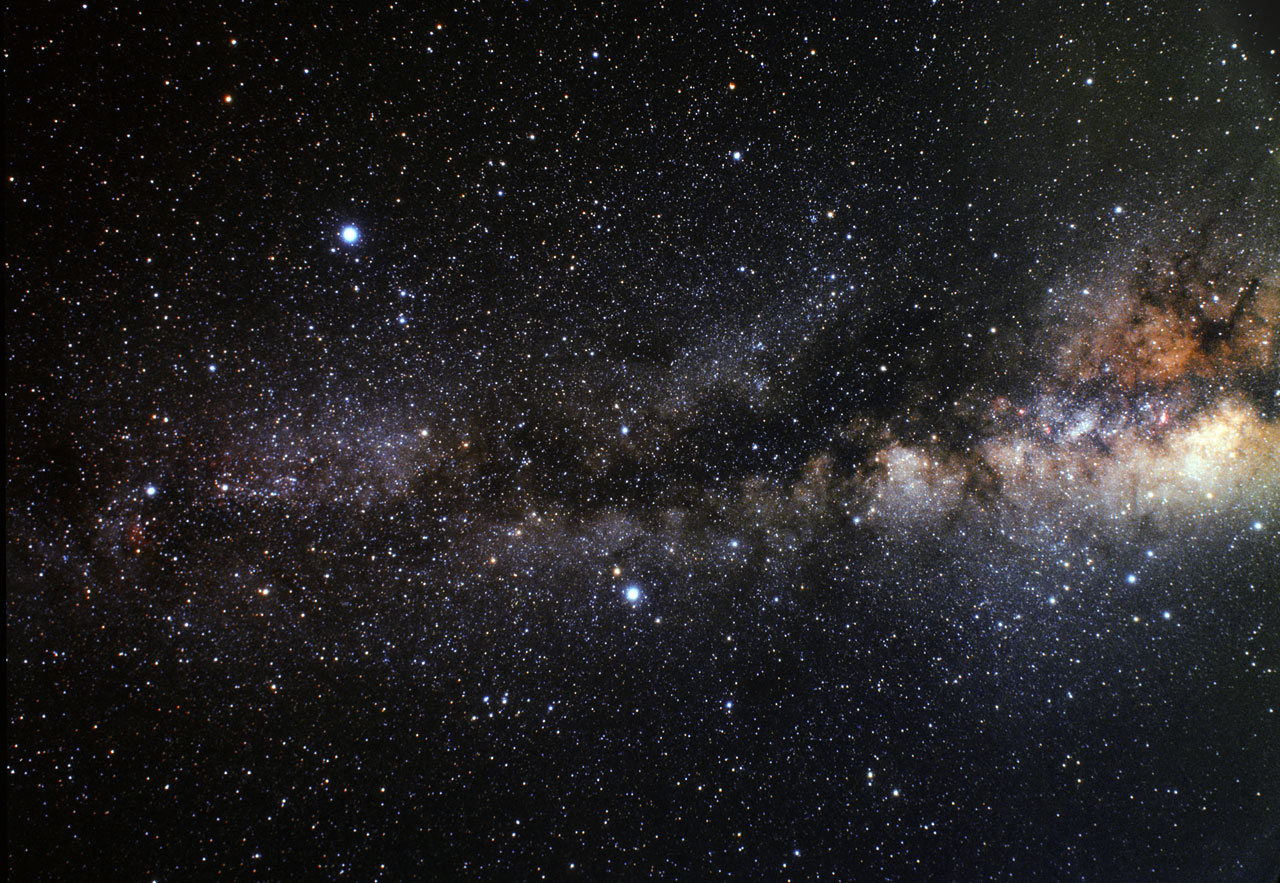
Imagine a frisbee.
At the center of this frisbee lies the sun—our sun, for simplicity’s sake. And sprinkled around the surface of its disk are all nine…excuse me, eight…planets of the solar system, plus the dwarf planets, asteroids, moons, Kuiper belt objects, Oort Cloud objects, comets, cosmic dust…
Okay, I could go on, but I’ll stop there. You get the picture. The whole solar system is on this frisbee. It’s a flat plane, disk-like. There aren’t orbits that put the planets up in the air above or below the frisbee. They all lie, more or less, in the same basic plane.
Wait a second though…isn’t this post supposed to be about eclipsing binary stars? What the heck does our frisbee-like solar system have to do with that?
A lot, actually.
Continue reading







